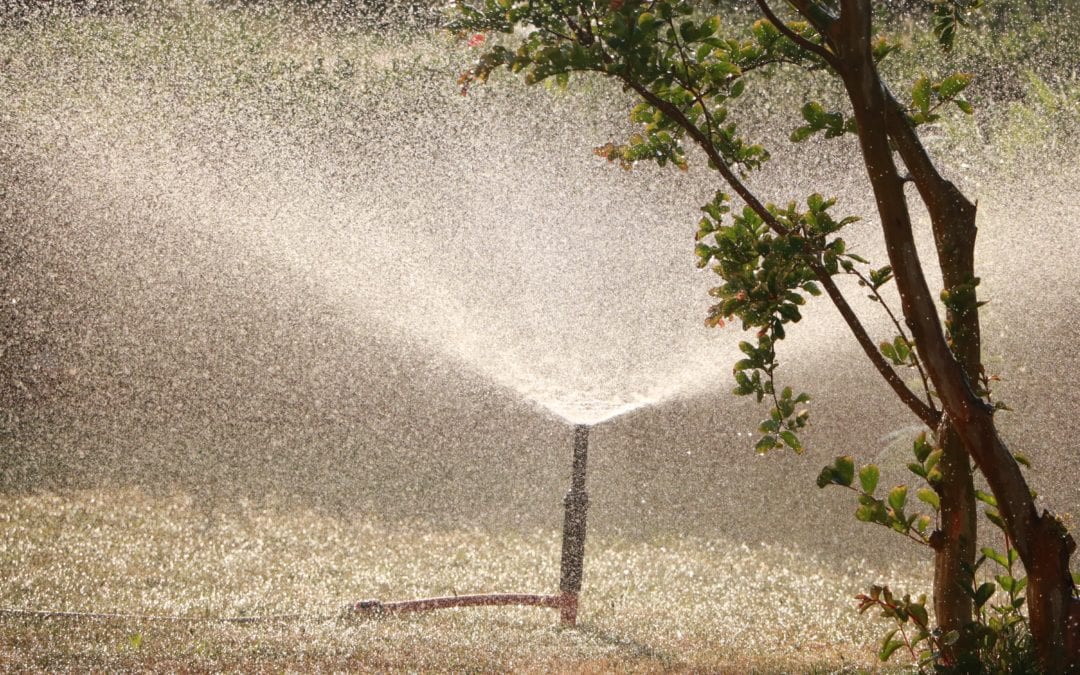Pecan trees produce delicious nuts that can be used in a wide variety of ways. You can use them for baking, confections, entrees, or simply to snack all by themselves. And what better way to ensure a bountiful collection of pecans than by growing a pecan tree of your own?
Some people might be hesitant to go this route because they don’t believe they can make their pecan tree produce these delicious treats. However, your tree doesn’t require much more than a little attention to the necessities that basically any other plant requires.
We’ll go through what Georgia pecan trees need in order to grow tall, full, and with the ability to produce yearly harvests of delicious nuts.
Habitat
Pecan trees have a range of acceptable temperature extremes in which they can survive and thrive. Generally, Georgia pecan trees can survive in hardiness zones 7-9. More specifically, pecan trees are able to survive temperatures as low as 20 degrees below zero.
However, we don’t want our trees to simply survive. We want them to produce nuts. The year’s coldest months will have to maintain a minimum temperature in the range of 45 to 55 degrees Fahrenheit.
And on the other end of the spectrum, pecan trees like to stay below 80 degrees Fahrenheit. They are able to withstand temperatures above this level, but a happy tree will have better nut production. And happy trees stay between 45 degrees and 80 degrees on average.
Visit Georgia Pecan Nursery to learn more today!
Pruning
Pruning your Georgia pecan tree consists of removing broken, dead, or otherwise interfering branches to promote healthy growth of the remaining branches. This should be performed during the dormant season of growth, which is generally between middle December and early spring.
Remember your goal is to help your tree grow more freely and smoothly. So you should target any branches that are crossing over other branches or growing toward the middle of the tree. You don’t want these branches to keep light and air from getting to the trunk of the tree. And you also don’t want your branches to impede the growth of other branches.
Seal any cuts that you make with white latex paint. This prevents the growth of mold or fungi in the cut wood grain.
Pollination
Different varieties of pecan trees release their pollen and bloom at different times. In the wild, this promotes cross breeding. This can prove challenging for the home grower of pecan trees. It’s recommended that you grow your pecan in tandem (at least). And when you’re planting your trees, you want to be sure they are trees that will complement each other by releasing their pollen at an appropriate time.
Pecan trees are separated into two types. The first type sheds their pollen early and blooms later. The second type is the opposite. Planting one of each type near each other will drastically increase your chances of proper pollination to encourage nut growth.
Pest Control
There are a number of potential threats to your Georgia pecan tree. Many pests seem to love the tree as much as we do. Your specific type of pests will be dictated by your location and weather. Here are a few examples of what to watch out for.
Pecan Nut Casebearer
These can be found by locating their larvae and eggs early in the season.
Hickory Shuckworm
The third-generation moths can cause issues in pecan nurseries.
Nut Curculio
Trees which are near wooded areas are prone to infestation.
Pecan Weevil
This is considered to be the most serious threat to your pecan trees which appears late in the season.
Fertilizer
Your soil is the food your pecan tree uses to feed itself and eventually produce delicious nuts. Fertile soil will give you the best chance at a successful harvest. Georgia pecan trees will usually require at least one fertilizer treatment each year to keep them healthy.
You can test your soil to know exactly what you’re dealing with. Otherwise you can go by the general rule of applying a 10-10-10 blend. Use about four lbs of the mixture for every one inch of trunk diameter.
Apply the fertilizer at the end of the winter, right before the growing season starts.
Water
Pecan trees like to be moist. Those who live in a generally rainy area will probably be able to get away with letting the tree be naturally watered over the course of the year. However, any droughts will need to be supplemented with extra watering. The nuts will start to be formed around September, so this is a particularly important time to pay attention to the amount of water they receive. Mature trees can require as much as 350 gallons of water each day throughout the nut-filling stage.

